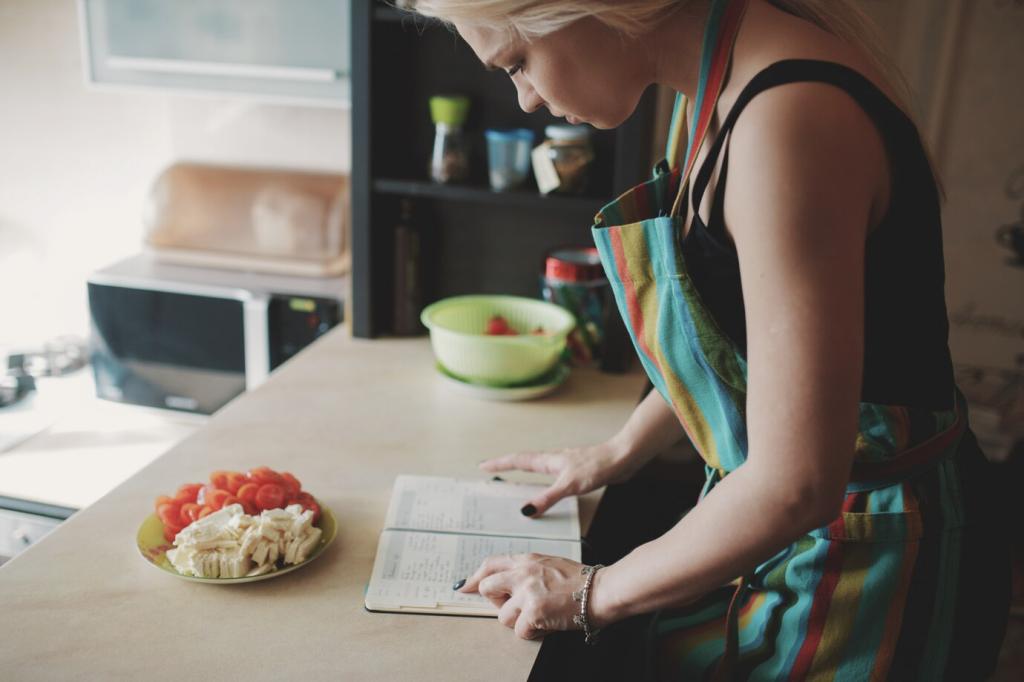The Journey of Writing a Culinary Masterpiece
Chosen theme: The Journey of Writing a Culinary Masterpiece. Step into a warm kitchen of ideas where recipes become stories, stories become chapters, and every simmering pot feeds a manuscript worth savoring. Join us, share your own sparks of flavor and memory, and subscribe for fresh servings of craft, courage, and kitchen-tested wisdom.
Mise en Place for Your Manuscript

Stocking the Idea Pantry
Collect fragments of flavor, dialogue overheard at the market, and the scent of toasted cumin on a rainy afternoon. Keep a notebook by the spice rack, because inspiration often arrives between stirs. Share one unexpected pairing from your pantry in the comments and inspire someone’s next great paragraph.
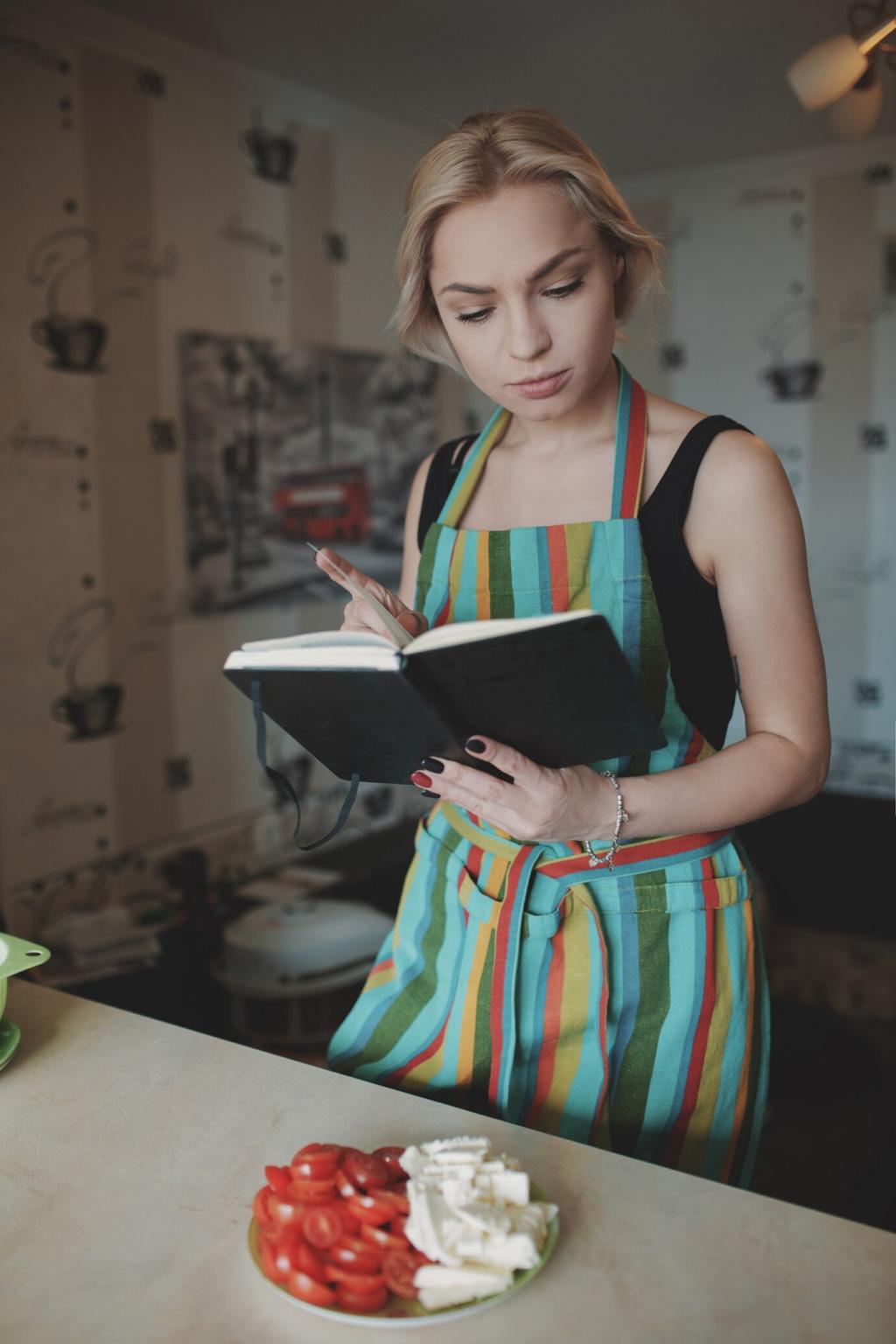
Defining the Promise to the Reader
Every culinary masterpiece makes a promise: what the reader will cook, discover, and feel at the table. Write a single, soulful sentence that captures your book’s heartbeat. Post your sentence below and invite feedback—refining this line now will season every recipe that follows.

Research as Ritual
Build a ritual of browsing culinary histories, regional cookbooks, and farmers’ almanacs. Let the past whisper techniques that deserve a place in your present recipes. Tell us which food writer or tradition shaped your taste, and subscribe to get a monthly reading list tailored to this creative journey.
Gathering Ingredients and Anecdotes
Arrive before sunrise to hear vendors describe peak figs and stubborn greens. Jot down the cadence of their voices alongside weights and prices. Share a short snapshot from your favorite stall and tag the season—your detail might become the perfect headnote spark for another writer.
Gathering Ingredients and Anecdotes
Sit with elders, neighbors, or new friends and ask how they learned to salt by feel. Record laughter, pauses, and the clink of cups. Post one question you’ll ask in your next interview, and invite others to borrow it—conversations ferment into unforgettable narrative flavors.
Structuring the Menu as a Narrative Arc
Begin with a swift, brilliant bite that teaches your voice in a single mouthful—something crisp, bright, and unmistakably you. Share the first recipe you’d place here and why it hooks the reader. Invite feedback, and refine until that opener crackles like hot oil meeting garlic.

Clarity in Measurements and Method
Choose grams when precision matters, specify pan sizes, and note visual cues like edges turning amber. Write times as ranges and include troubleshooting tips. Ask a reader to test a step and report back—comments refine clarity, and clarity turns kitchen doubts into confident, repeatable success.
Headnotes as Micro-Memoirs
In a handful of lines, reveal the grandmother who doubled vanilla or the night a sauce rescued a faltering date. Headnotes should welcome, not wander. Share a two-sentence headnote below; invite edits, and watch how a tighter story brightens the recipe before it begins.
Iterative Testing and Honest Notes
Document each trial with temperatures, timing, and tasting notes, then revise bravely. Julia Child famously spent years refining recipes before publication; let that patience guide you. Post how many tests you needed for your trickiest dish, and subscribe for a simple template to track future iterations.
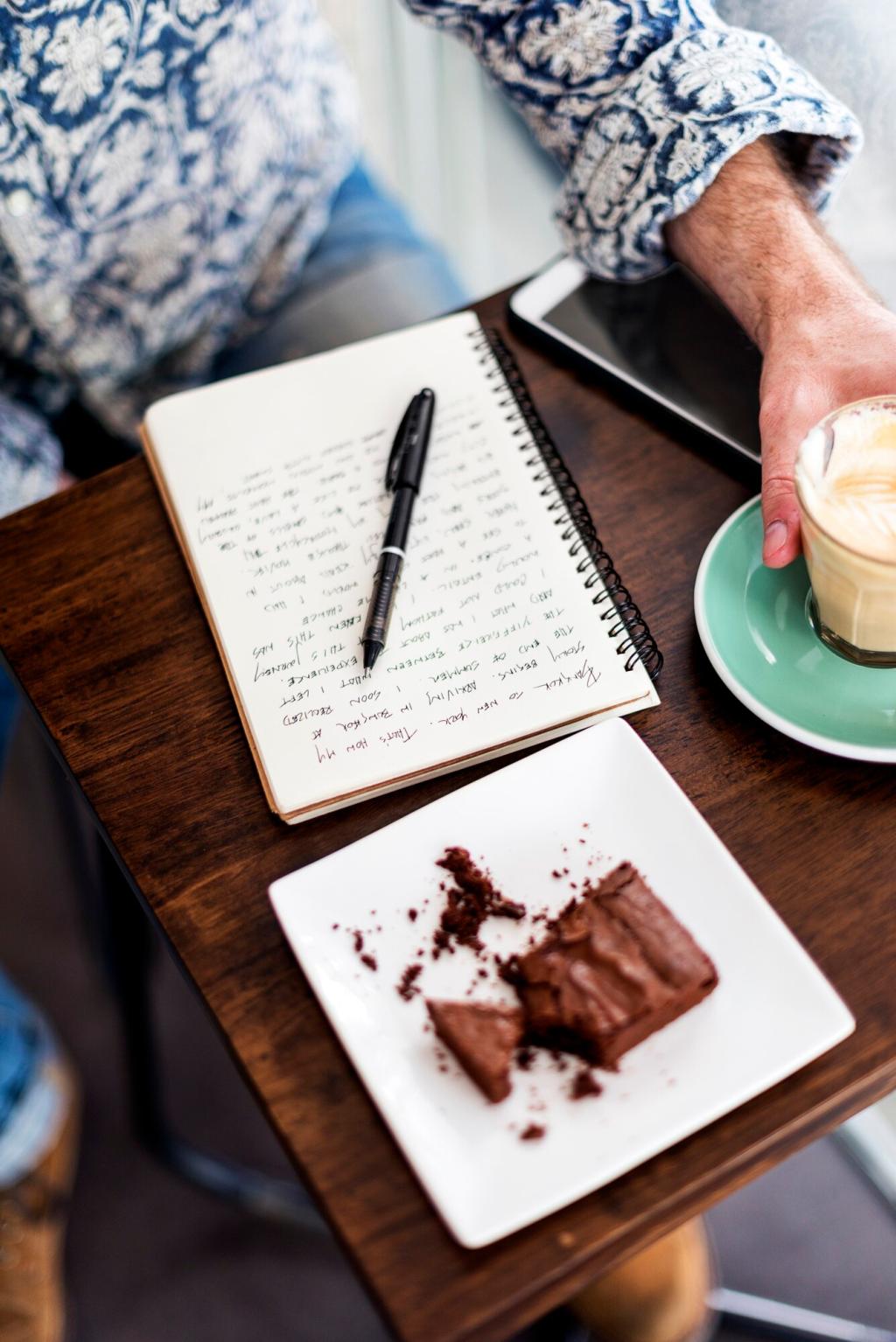
From Plate to Page: Design and Photography
Show hands in action, highlight critical visual cues, and keep backgrounds calm. Use the rule of odds for harmony and leave breathing room for captions. Share one behind-the-scenes tip that improved your photos, and ask the community whether it clarifies a tricky step for them.
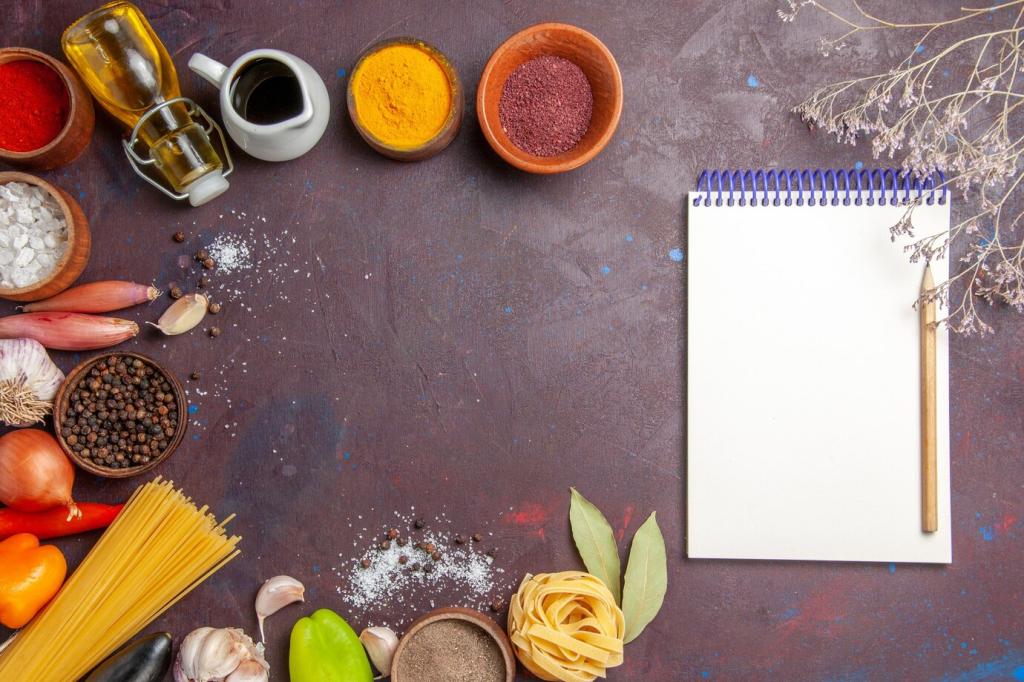
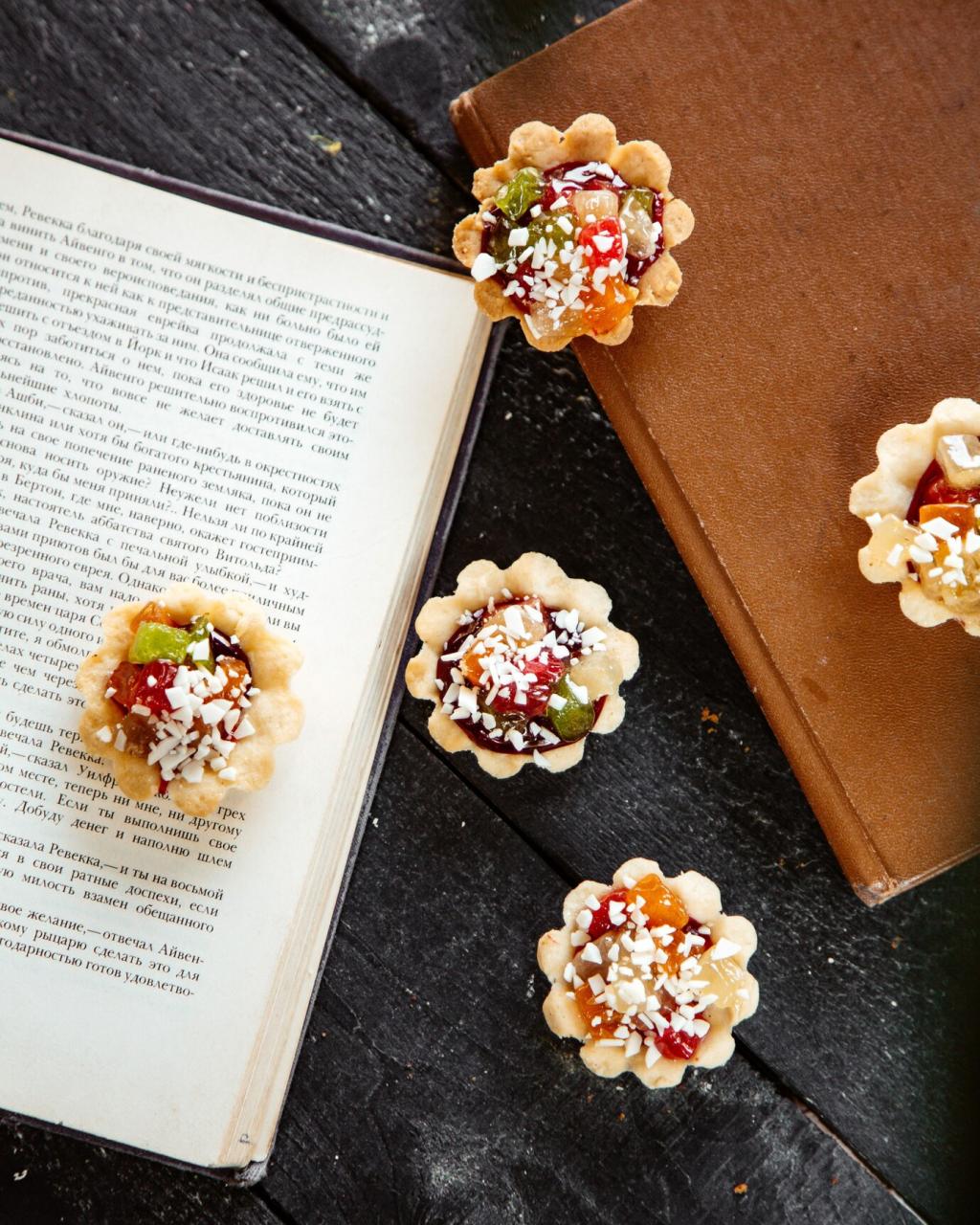
From Plate to Page: Design and Photography
Work with soft window light, watch white balance, and establish a steady palette that reflects your voice. Keep props purposeful, not cluttered. Comment with a photo challenge you’re facing—glare, muddiness, color casts—and subscribe for a quick lighting guide tailored to kitchen realities.
Editing, Feedback, and Sharing Your Masterpiece
Create clear tester briefs with pantry lists, timing, and photo requests. Ask for candid notes on flavor, clarity, and confidence. Invite readers here to join your next testing round, and subscribe for a template email that respects their time and captures the feedback you truly need.
Editing, Feedback, and Sharing Your Masterpiece
Standardize terms—chile versus chili—tighten punctuation, and build a style guide that settles debates before they start. Index thoughtfully so readers find techniques fast. Comment with one thorny terminology choice you’re wrestling with, and crowdsource a solution that keeps your voice consistent and kind.
